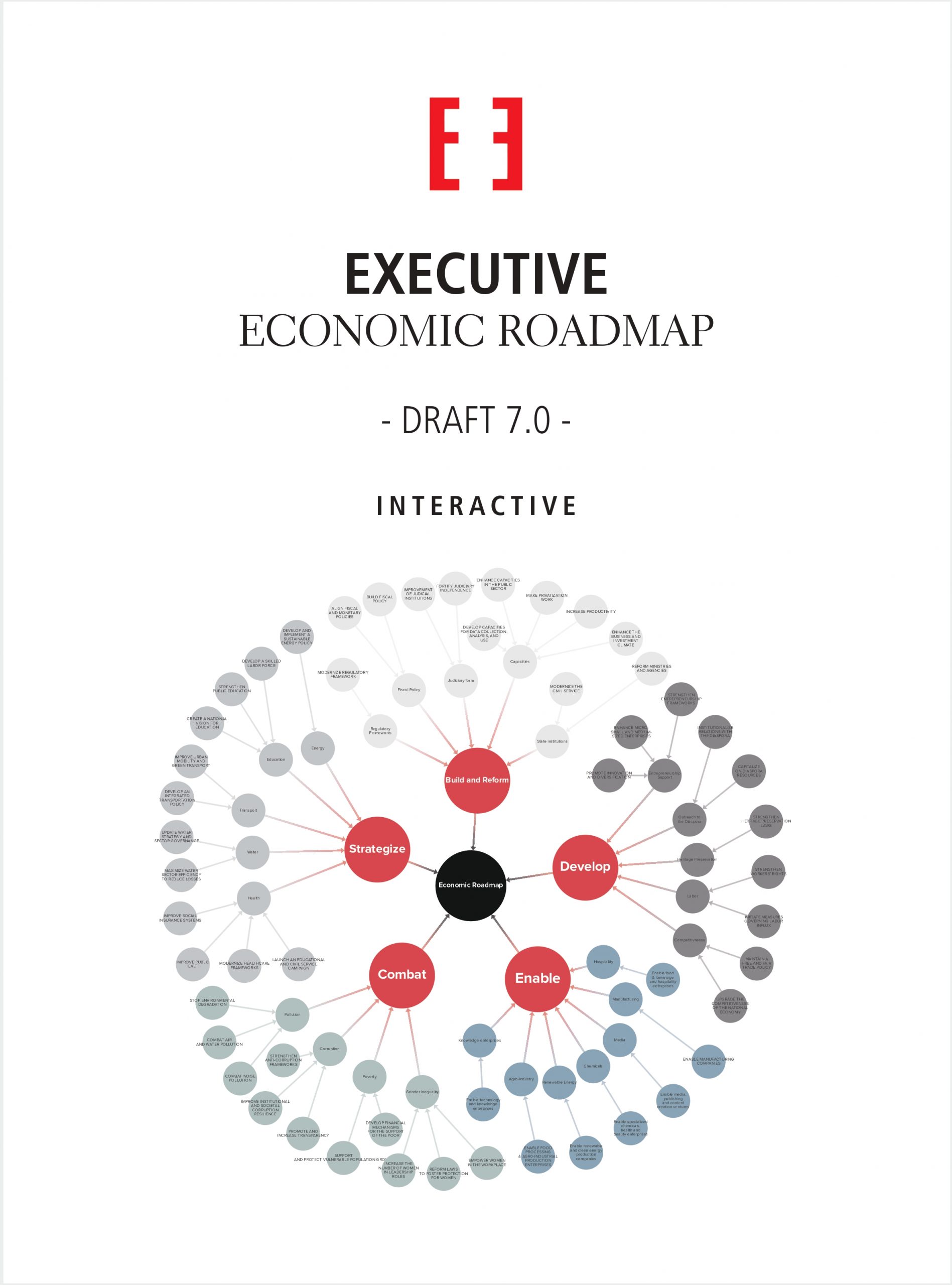The Middle East has learned that petrodollars mean nothing until they are spent, and what better way to spend then on property and its development. The proliferation of countless master planned communities, shopping malls, residential towers, sprawling ports, and even artificial islands bears witness to this new currency. Yet the phenomenon has come in fits and starts. Some countries appear to have mastered the trend, while others struggle. In Saudi Arabia, for example, only one in five people own their house due to the absence of a clear mortgage law. Realizing that the young and rapidly growing population is in need of home finance, earlier this year the Shura Council finally drafted a mortgage law. It should be issued by year-end, opening the door to more ownership and development of property for the country’s young and rapidly growing population.
Just across the border, Kuwait is going a step or two farther by redefining development and planning philosophies with its $132 billion City of Silk project. The 250 square kilometer megaproject will take 20 years to build and be home to 750,000 people. The developers claim to depart from the North American or European model of focusing on the individual by making the family unit the essential ingredient. Other countries in the region have their own megaprojects going as well. This year the United Arab Emirates’ project pipeline was scheduled to be $952 billion worth of developments. Unfortunately, however, the cheap credit and market confidence that were the driving force behind this incredible investment have begun to dry up and will likely result in a $320 billion reduction in that figure. While a slight correction in the country’s real estate market may be in the offing, most likely for Dubai, it will be welcomed by analysts who seem to have taken a ‘better now than later’ attitude.
The cooling off appears to be contagious as well, with Lebanese real estate prices expected to stabilize over the coming months. Twenty percent growth in prices over the last three years has culminated in a 50% spike for some areas of Beirut in the six months since the peace-making Doha Accord was signed. Real estate developers in the country seem to welcome a temporary mellowing of prices, as one of the biggest challenges currently is simply affording new land to build on. The high prices, however, have benefited other Lebanese players, specifically ones holding large swathes of real estate in the capital city. Antithetically, one Lebanese stock that is tied to real estate has not kept pace with the price of land: Solidere. Over the last couple of months the stock has been down by as much as 30%. While analysts are at pains to explain this development, it has been suggested that the primary drivers here are “normal market mechanics.” The stock is said to be slightly undervalued currently, so it is possible that we will see the price of land in Beirut hold steady or drop slightly, while the price of a real estate pegged stock climbs.
These are the realities of Middle Eastern real estate. From North Africa, where Morocco and Tunisia are echoing the booming developments of the Gulf with petrodollar fueled megaprojects sponsored by the same wealthy benefactors as the quickly maturing market of the Emirates, to the tried and true Levant. This sector maybe struggling, vibrant, complicated or confusing, but it is most certainly never boring.


